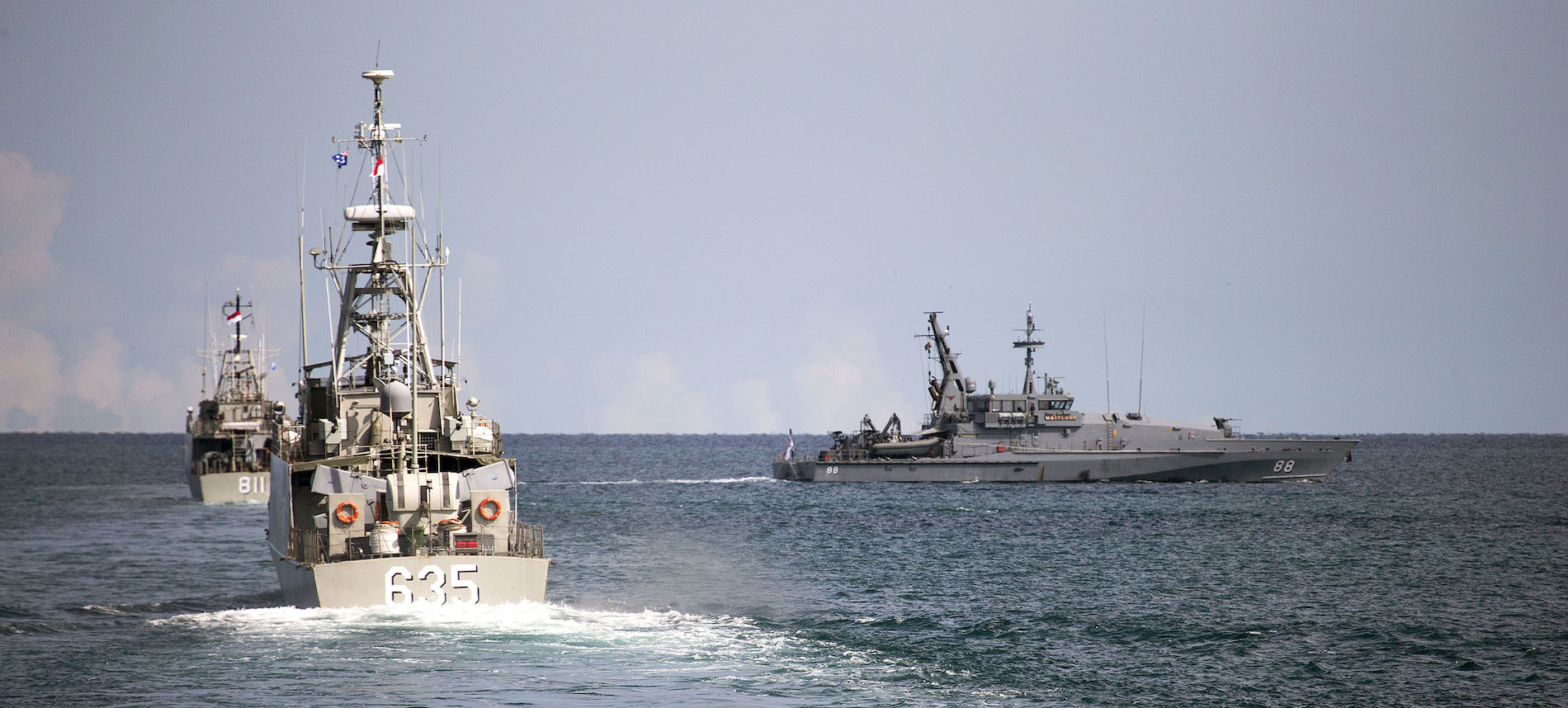- Thread Starter Thread Starter
- #81
Part 1 of 4: Understanding the current status quo
1. Some Chinese propagandists have not thought this through to its logical conclusion. For the RMN and the TNI AL, PLA(N) submarines are classified as hostile submarine contacts… so if we vote whose submarines these two littoral states dislike the most, the PLA(N)’s submarines win hands down — as the most disliked — all thanks to the 9-dash line. In addition, I note that:
1. Some Chinese propagandists have not thought this through to its logical conclusion. For the RMN and the TNI AL, PLA(N) submarines are classified as hostile submarine contacts… so if we vote whose submarines these two littoral states dislike the most, the PLA(N)’s submarines win hands down — as the most disliked — all thanks to the 9-dash line. In addition, I note that:
(a) in a single generation, ASEAN became the most successful regional integration experience in the post-colonial world. Astonishingly, ASEAN achieved this with a skeletal bureaucracy. To put things into perspective, while the EU enjoyed a 30,000-strong civil service staff, with a multi-billion-dollar budget (equal to 1% of EU budget), the ASEAN secretariat has had just over 200 staff operating on, until recent years, a meager US$10 million budget. Even more impressively, ASEAN established a peace regime, or a de facto “security community,” where even the threat of use of force is no longer an instrument of inter-state relations within ASEAN.
(b) China has achieved its goals in round 1 (in the period from 2012 to 2016) with regard to its actions in disputed waters off Vietnam and the Philippines. China's highly effective use of 'white ships', as strategy to manage its maritime disputes with its South China Sea neighbours and island building in the South China Sea, results in a win for China. IMHO, it can be argued that the process of Finlandization, in the 2017 to 2021 time frame, has started for the Philippines (viz a viz a rising China).
(c) I suspect that without the Americans, the Australians and the Japanese making major efforts in serving as effective military and political counter weights or the exercise of effective leadership by the Indonesians (as the de facto leader of ASEAN), a ‘China Choice’ is only a matter of time for more ASEAN countries. This ‘China Choice’ may have to be made by ASEAN in the 2031 to 2035 time frame (or earlier), beyond the Pinoys and Cambodians. Therefore, many track 2 participants in ASEAN see AUKSU is a joint American and Australian effort that is useful at a military-to-military technology cooperation level.
2. With regard to your status quo point, let me share some background points, to illustrate the lack of maturity in AndrewS’s posts:Oh I see, and yes I agree that submarines of all persuasions transiting these waters represents the current status quo. ASW forces entering them or the associated airspace (to destroy them) would break it.
One, Indonesians have accepted their role in forcing the creation of the FPDA in April 1971. The why and the way of FPDA’s creation tell much about what it is today. This distinctive pact was born in 1971 in response to three great breaches in Southeast Asia:
- Indonesia’s Konfrontasi military campaign against Malaysia and Singapore from 1963 to 1966. FPDA was insurance against the return of a bellicose, aggressive Indonesia. Konfrontasi still has a place in the regionalmemory of the five powers.
- Singapore was ejected from Malaysia’s Federation in 1965 because of ‘deep political and economic differences between the ruling parties of Singapore and Malaysia’.
- Britain’s ‘East of Suez’ withdrawal of forces from Malaysia and Singapore in 1971.
Two, Indonesia no longer pays much attention to the anti-Indonesia roots of this ‘integral’ bit of the region’s security architecture. Jakarta’s benign view was expressed by the former Defence Minister, Benny Murdani, when he said ‘if FPDA makes its members feel secure, then regional security is enhanced and Indonesia is happy’. Murdani was speaking at a Canberra conference on Australia’s 1994 Defence White Paper.
Three, FDPA members are doing ASW training to conduct operations against aggressor submarines from air and naval bases in Southeast Asia. The most likely aggressor in the past (in the 1980s) was the TNI AL but in 2021, every FPDA nation has solid military-to-military relations with Indonesia, as evidenced by the help given by Australia, Singapore and Malaysia, to search for KRI Nanggala, when the boat was missing.
Four, I would say that Indonesia and Singapore are friendly to China but retain an ability to act in a sovereign manner; which includes keeping Singapore’s existing and grandfathered bases in Taiwan and even setting up a new one in Guam, to train Singapore’s naval and air forces — to maintain the status quo.
Last edited:



